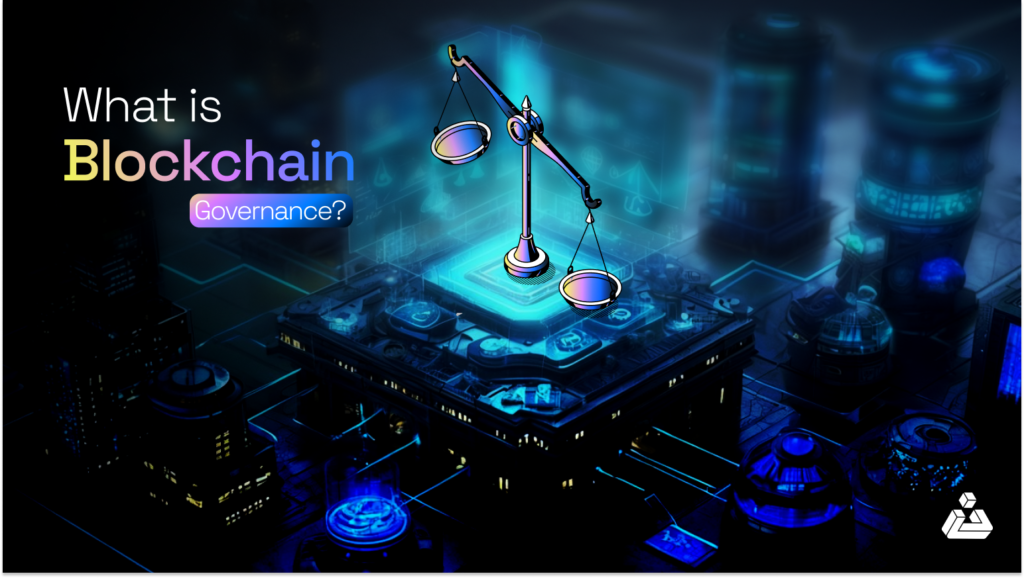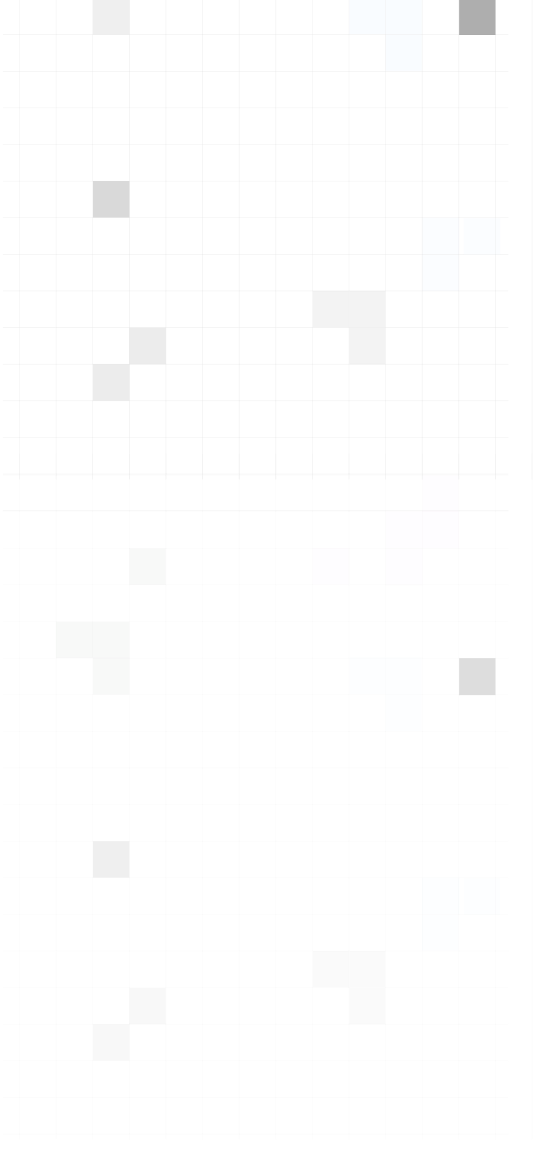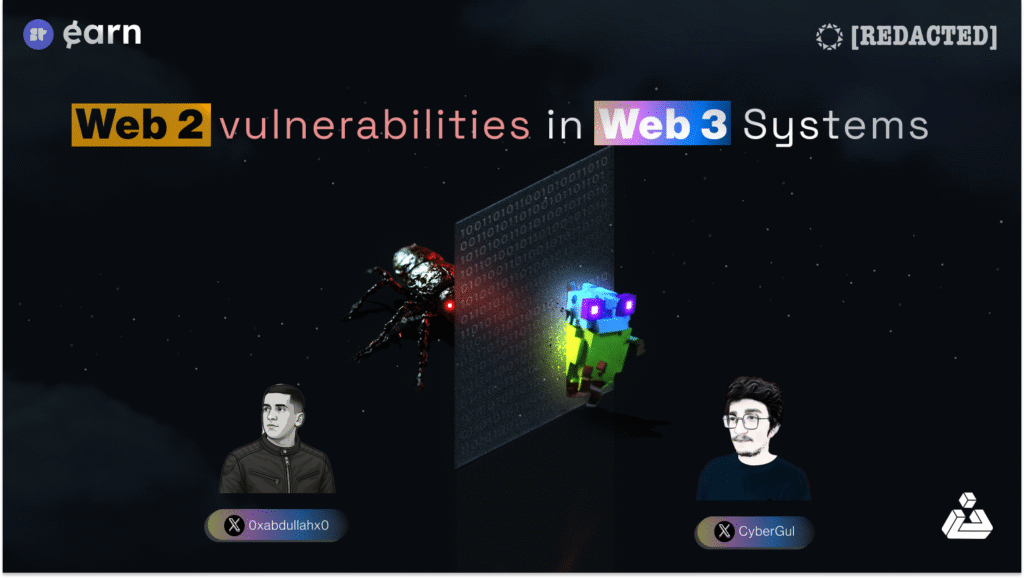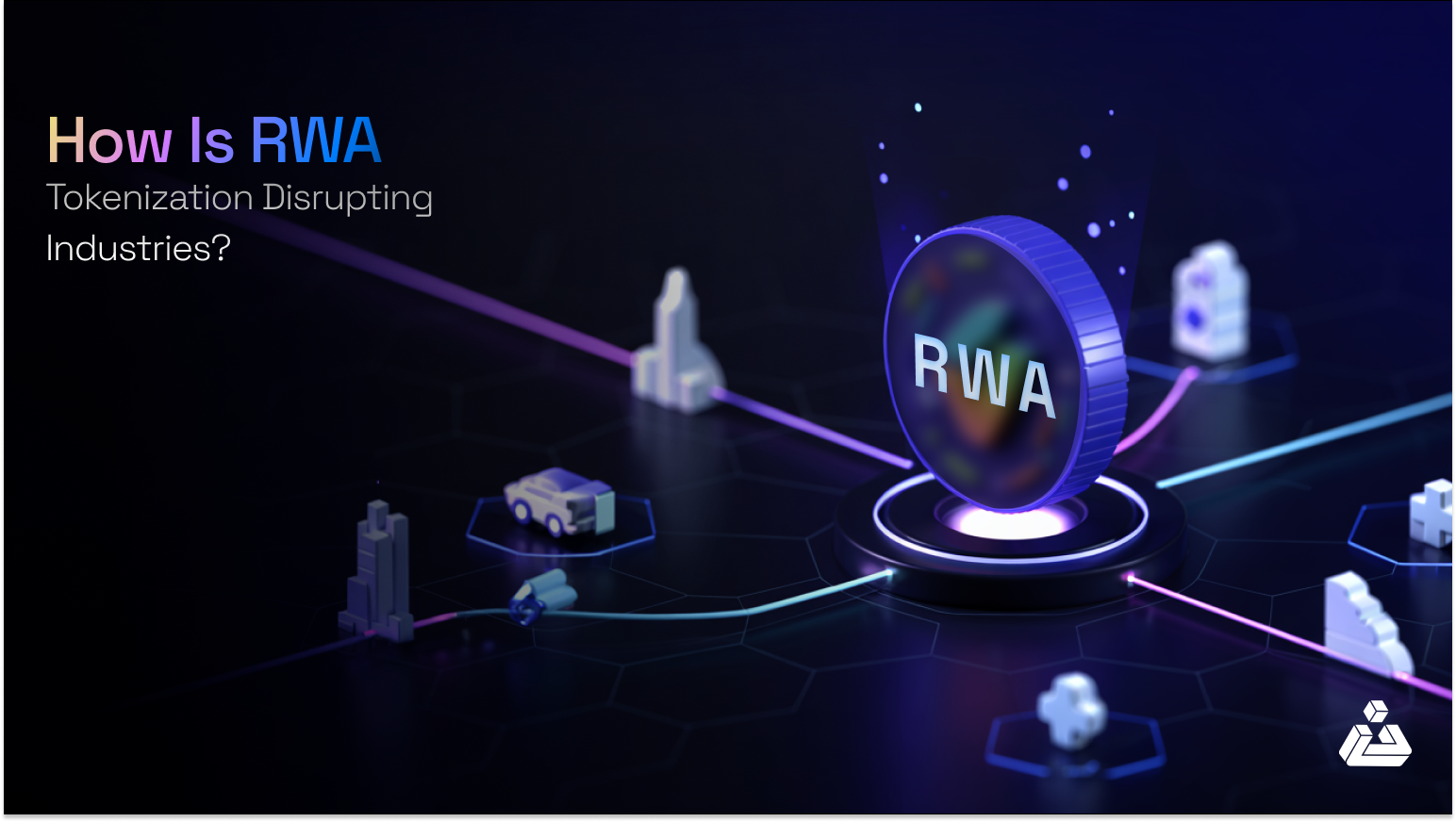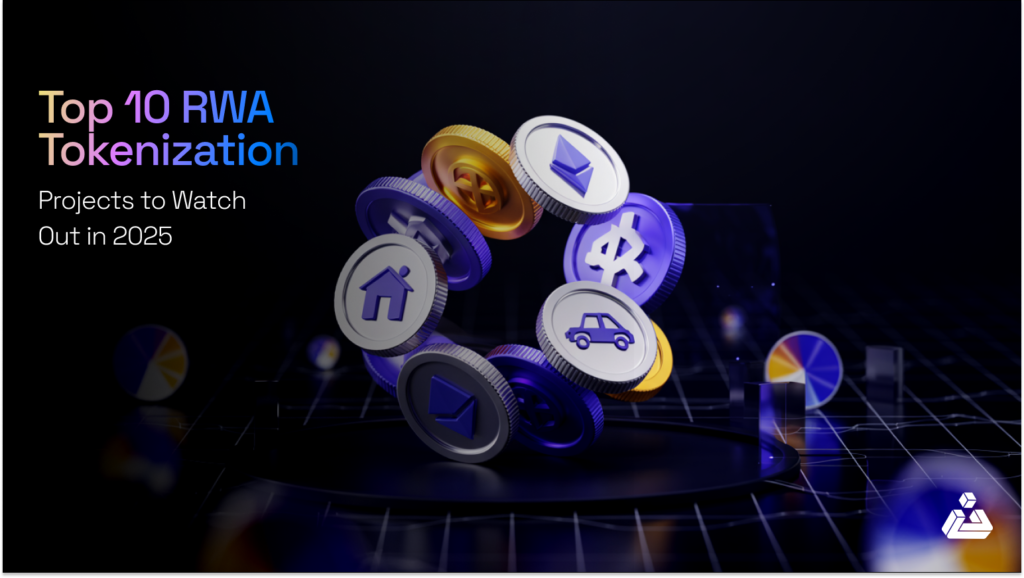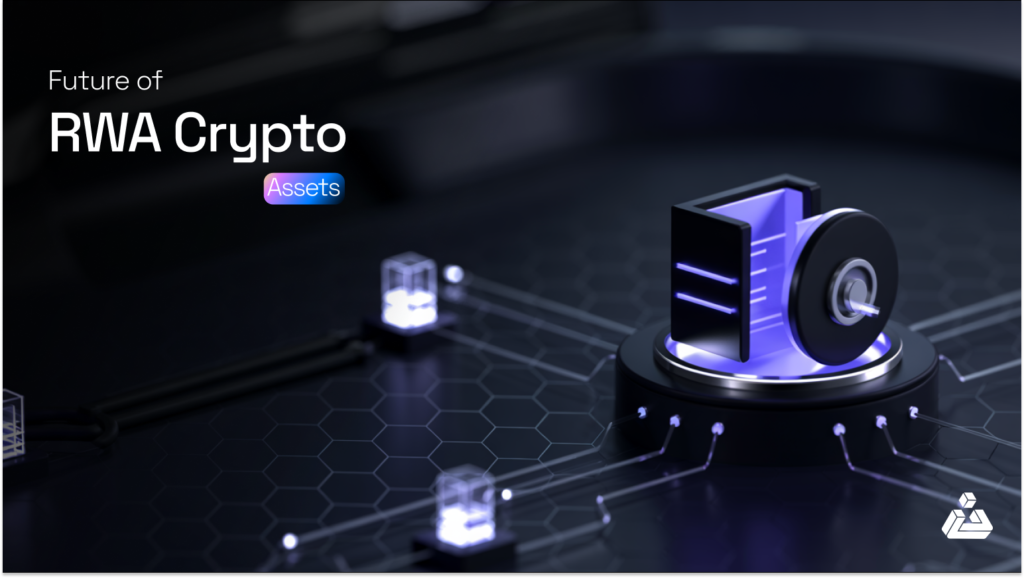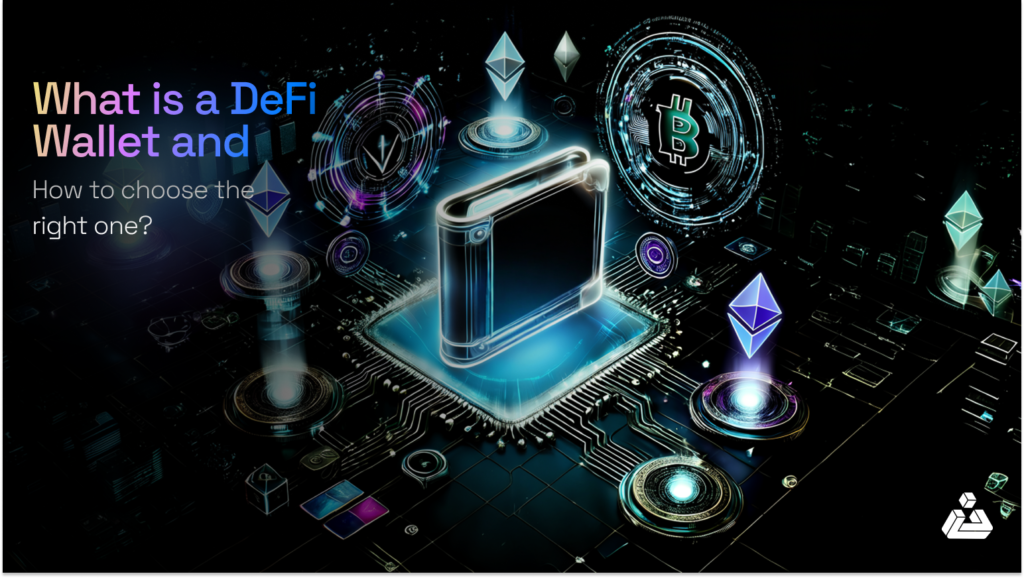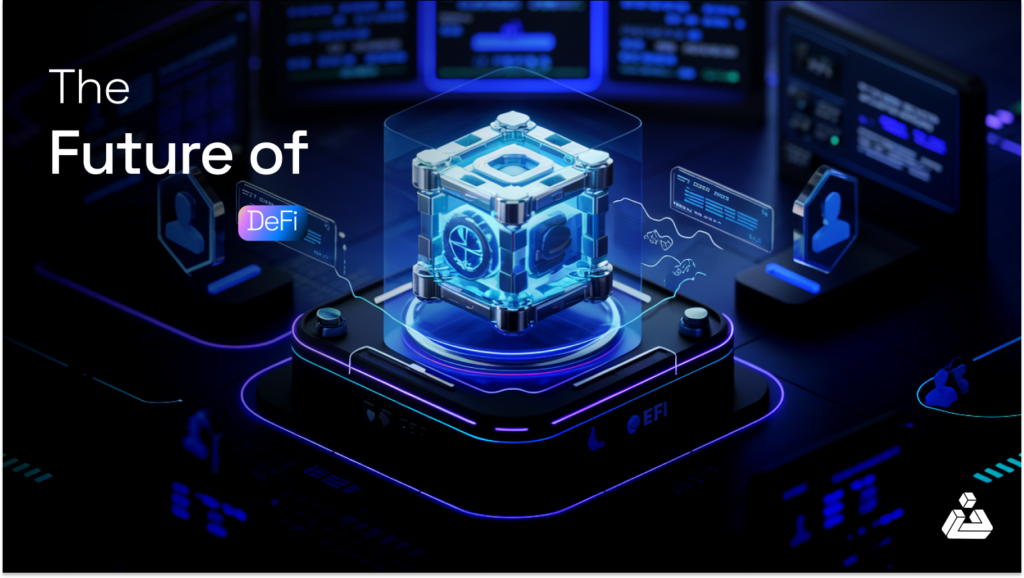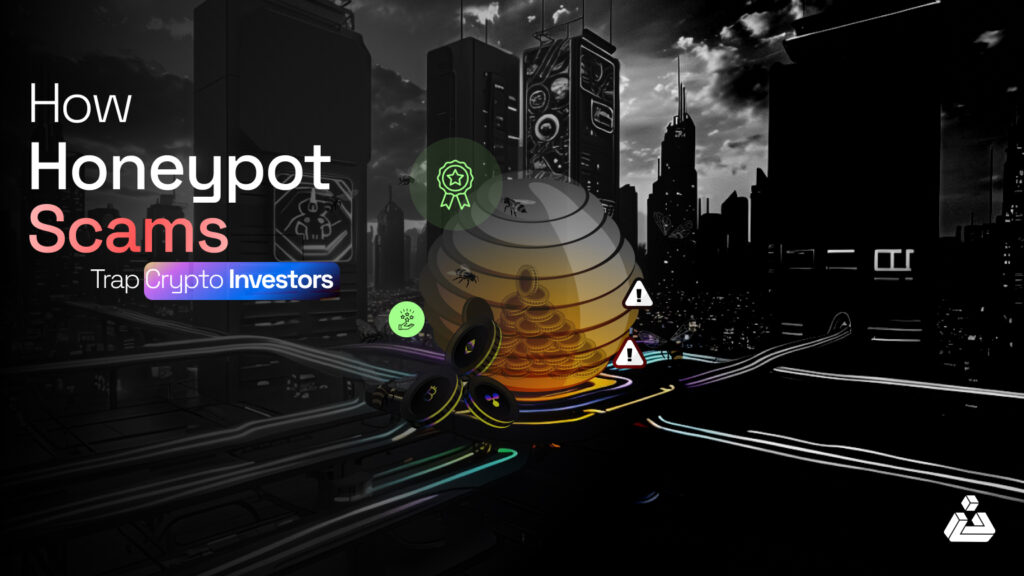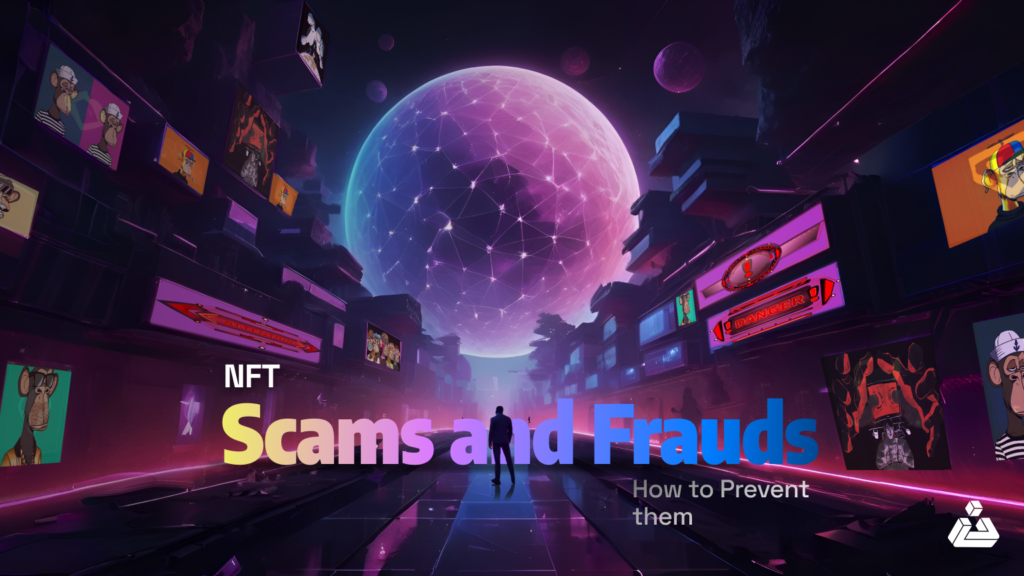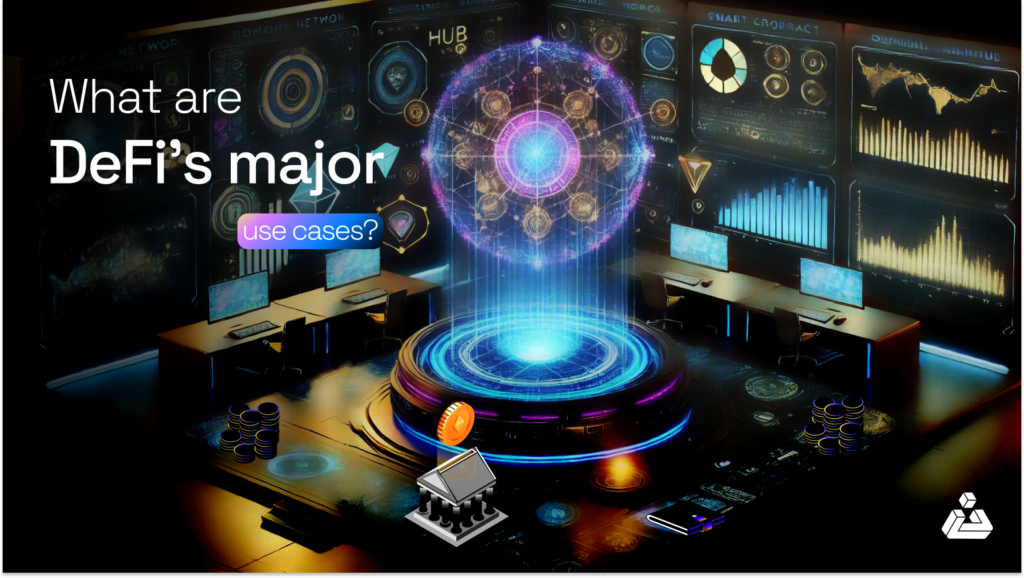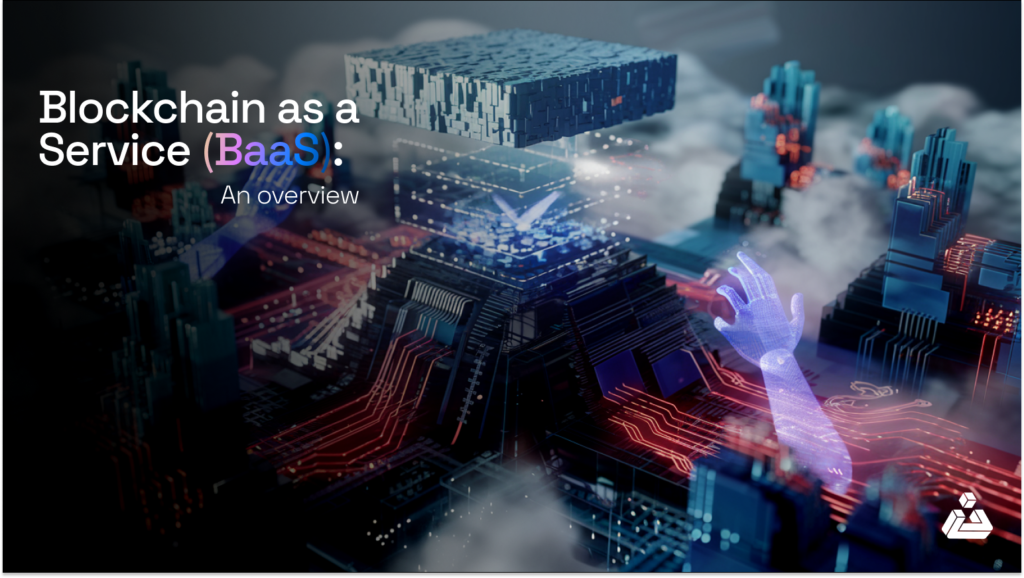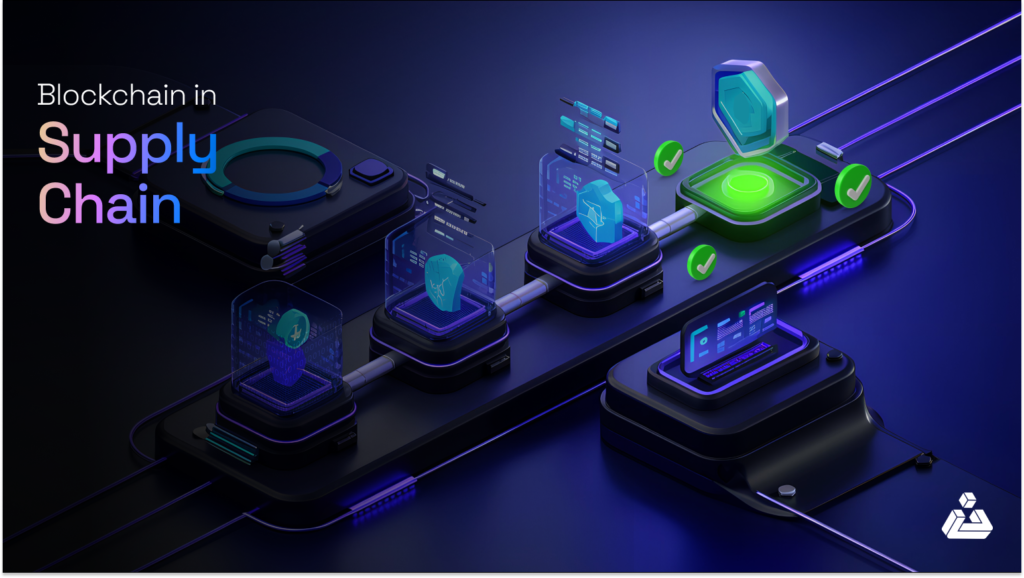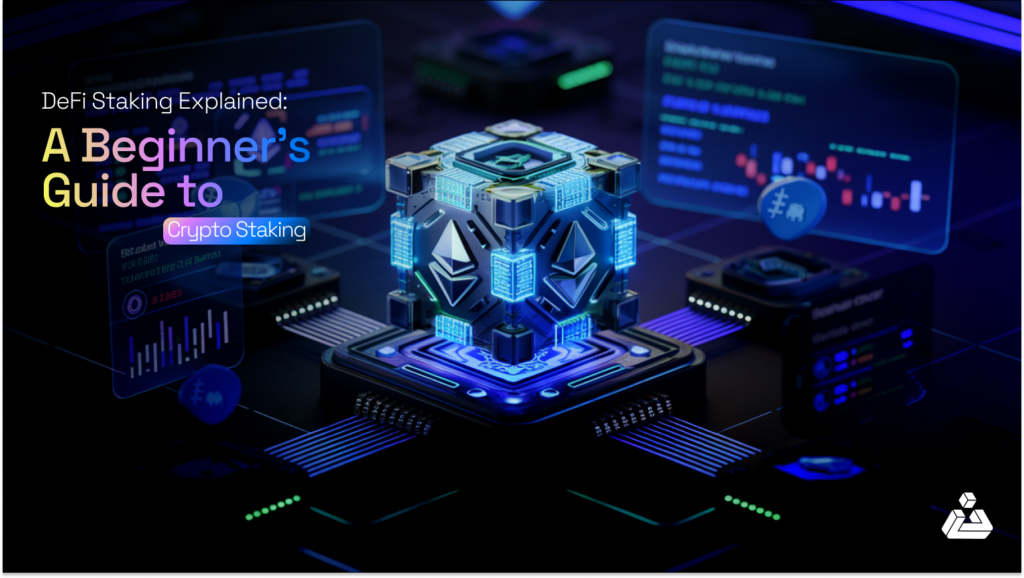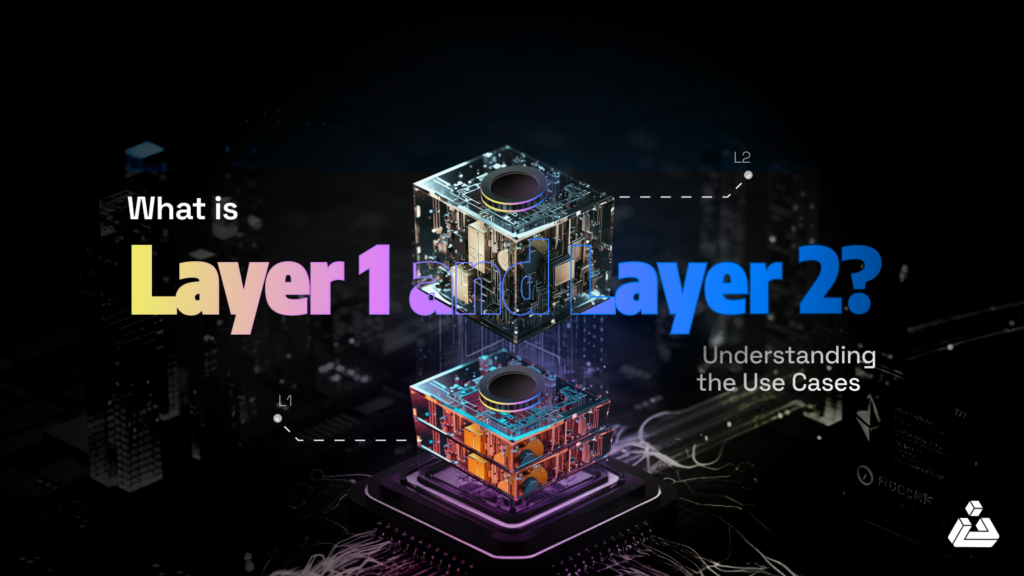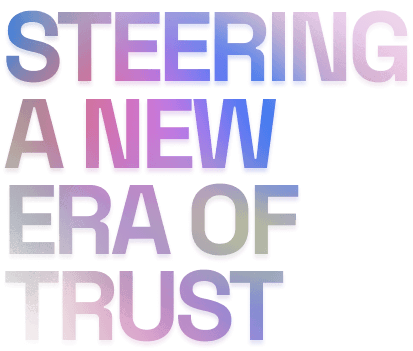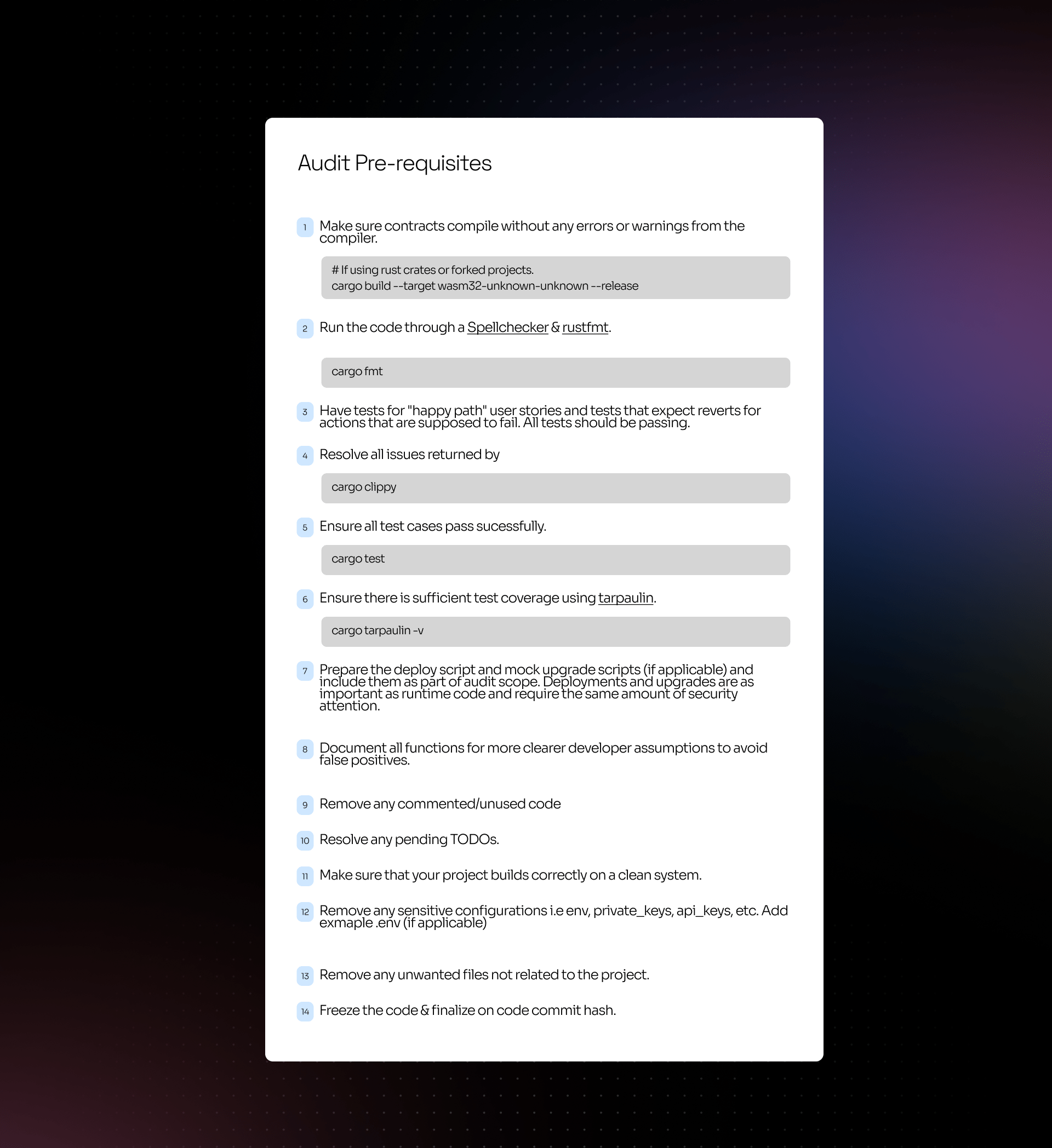Imagine a blockchain court or central authority having the final say in all network decisions. While this might sound efficient, it mirrors the centralized systems we aim to move away from, resembling traditional power structures or online dispute resolution models.
Now contrast this with blockchain governance, where stakeholders, including developers, miners, validators, and community members, collaborate to propose, discuss, and implement changes.
This decentralized approach, powered by consensus mechanisms, aligns with the core principles of blockchain: distributing power and ensuring transparency. Instead of decisions being dictated by a central entity, the collective agreement of participants governs the network, fostering trust and fairness.
In this blog, we’ll discuss in more detail what blockchain governance is, how it works. Moreover, we’ll explore what purpose it serves and types of governance. Finally, advantages and disadvantages of blockchain governance.
What is Blockchain Governance?
Splitting the term, blockchain governance gives us two different words which encompass a broader meaning. The latter word, governance can be understood as:

At its core, blockchain governance refers to the placement and execution of decision-making rights. It encompasses how public blockchain communities and stakeholders reach collective decisions to maintain and evolve the protocol, ensuring its functionality and security over time.
That is a simple explanation but a high-level definition of blockchain governance for blockchain nerds:

Now that we’ve chewed through this techie definition of blockchain governance, let’s take a stroll through an example to see it in action.
How does Blockchain Governance work?
Blockchain governance operates through decentralization, where decision-making is distributed across network participants rather than centralized authorities. In this model:
- Decentralized Authority: Governance decisions—such as protocol upgrades, resource allocation, or dispute resolution—are made collaboratively by developers, node operators, token holders, and other stakeholders.
- Consensus Mechanisms: Networks rely on consensus protocols (like Proof of Work or Proof of Stake) to validate transactions and approve changes. These mechanisms ensure decisions reflect the majority’s agreement, maintaining system integrity.
- Proposals and Voting: Stakeholders can propose changes or improvements, which are voted on by the community or specific roles like validators. Decisions are implemented if they reach the required consensus threshold.
- Transparency and Immutability: All governance actions and decisions are logged on-chain, ensuring accountability and trust among participants.
This model comes to life when a change is proposed or such incidents take place such as the one described below.
In 2016, the Ethereum network faced a crisis when a vulnerability in “The DAO,” a decentralized autonomous organization, was exploited, leading to the theft of $60 million worth of Ether. This proved that DAO was all human, meaning it was supposed to eliminate the need to trust humans.
To resolve this, Ethereum’s governance mechanisms came into play. Developers, miners, and the community debated extensively, resulting in a consensus to implement a hard fork.
This decision split the network into Ethereum (ETH) and Ethereum Classic (ETC). The governance process exemplified decentralization in action, as the community collectively decided on the future of the blockchain, demonstrating the power and practicality of decentralized governance.

What is Blockchain Governance for?
-
Trust in the System:
Blockchain governance ensures trust by allowing code to be publicly tested before implementation.
Example: In the Ethereum DAO fork, governance was used to ensure trust and resolve a major issue after a security breach.
-
Seamless Operation:
Governance enables the smooth operation of the blockchain system by facilitating updates and improvements through collective decisions.
Example: The regular network upgrades in Bitcoin or Ethereum to ensure optimal performance.
-
Improved Transparency and Traceability:
Blockchain governance ensures transparency and enhances traceability, especially in industries like supply chains.
Example: IBM’s Food Trust blockchain enhances supply chain transparency by tracking the journey of food products.
-
Instituting System Changes:
Governance allows for necessary changes to the blockchain protocol.
Example: The introduction of Ethereum 2.0, a consensus mechanism change to improve scalability and energy efficiency.
Pillars of Blockchain Governance
-
Blockchain Team:
The creators of the Blockchain manage critical aspects like the core code, finance, and marketing. They make key decisions about the Blockchain’s future, influenced by the type of governance in use (on-chain or off-chain).
-
Core Developers:
They maintain and update the Blockchain’s code but lack the authority to implement changes directly. Updates require agreement from node operators, making developers akin to lawmakers proposing changes.
-
Node Operators:
These operators run full versions of the Blockchain software and maintain the ledger. They decide whether to implement updates, similar to judicial officers, ensuring governance depends on collective agreement.
-
Token Holders:
Token holders represent the broader community, influencing decisions that affect the entire ecosystem through voting and feedback mechanisms.
Elements of Blockchain Governance
Consensus:
Transactions are verified using mechanisms like Proof-of-Work (PoW) or Proof-of-Stake (PoS). For example, Bitcoin uses PoW, while Ethereum has transitioned to PoS for improved efficiency.
Incentives:
Rewards, often in the form of cryptocurrency, encourage network participation and ensure smooth operation. These incentives drive ecosystem growth and engagement.
Information:
Transparent and accessible information is crucial for decentralization. Decisions improve when users have access to uncensored, comprehensive data.
Governing Structure:
Blockchain governance is dynamic and flexible, allowing it to adapt efficiently to user needs, unlike rigid traditional governance systems
Types of Governance
Blockchain governance can be classified into two main categories:
- Off-chain governance
- On-chain governance
Off-Chain Governance
Off-chain governance involves decision-making processes that occur outside the blockchain protocol. This model is prevalent in networks like Bitcoin and Ethereum.
Key stakeholders, including developers, miners, node operators, and users, engage in discussions through forums, social media, mailing lists, and conferences to propose and deliberate on protocol changes.
Consensus is achieved informally, and if agreement cannot be reached, the network may experience a fork, resulting in the creation of separate chains.
Example: The Bitcoin block size debate exemplifies off-chain governance. Stakeholders engaged in extensive discussions across various platforms to determine whether to increase the block size to enhance transaction capacity. The lack of consensus led to the creation of Bitcoin Cash, a separate blockchain with an increased block size.
On-Chain Governance
On-chain governance entails formalized decision-making processes that occur directly on the blockchain. Stakeholders, typically token holders, participate by voting on proposals encoded as smart contracts.
The weight of each vote is often proportional to the number of tokens held. This model aims to enhance transparency and efficiency in implementing protocol changes.
Example: Tezos employs an on-chain governance mechanism where token holders can vote on protocol upgrades. This process allows for the seamless implementation of agreed-upon changes without the need for external intervention.
Both governance models have their advantages and challenges. Off-chain governance allows for extensive deliberation but can lead to prolonged decision-making and potential network splits.
On-chain governance offers a more streamlined and transparent process but may concentrate decision-making power among large token holders. The choice between these models depends on the specific goals and values of the blockchain community.
Advantages and disadvantages of Blockchain governance
|
Advantages |
Disadvantages |
| Flexible, transparent, and maintains integrity in network authority. | Requires alignment of interests among all network participants, which may be difficult in large, diverse networks. |
| Ensures all nodes are notified and aware of system alterations. | Immutable nature of blockchain prevents the rollback of verified changes, even if issues arise post-implementation. |
| Promotes trust and collaboration among stakeholders. | Long-term sustainability demands significant time, effort, and expertise to establish an effective governance model. |
| Enhances accountability and decision-making processes. | Anonymity of nodes and stakeholders may lead to disputes about their credibility in representing the collective network. |
The Future of Blockchain Governance
Balancing the interests of diverse stakeholders in blockchain networks is inherently complex. Governance models vary widely, with some emphasizing expert input (e.g., EOS) and others prioritizing inclusivity and community participation.
As blockchain technology evolves, governance models are also adapting. Initiatives like cross-chain governance aim to address the growing demands of the crypto market and its community.
What is clear, however, is that blockchain has fundamentally redefined governance, challenging the traditional, state-centric paradigm. The future will likely test centralized institutions, fostering a shift toward greater individual empowerment and stakeholder participation.
Even centralized entities must prioritize transparency and accountability through checks and balances. Hybrid governance models may offer innovative solutions, but whether the blockchain space will remain true to its decentralized ethos remains an open question.
Conclusion
Blockchain governance is evolving, with off-chain models like Bitcoin and Ethereum proving resilient, while hybrid platforms like Maker and Uniswap effectively balance processes. Pure on-chain systems, such as Tezos and EOS, face adoption challenges and concerns over power centralization.
As governance frameworks mature alongside technological advancements, trusted partners like BlockApex play a crucial role in ensuring secure and transparent smart contract solutions for the decentralized future.



